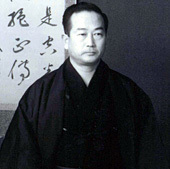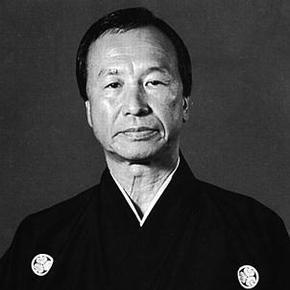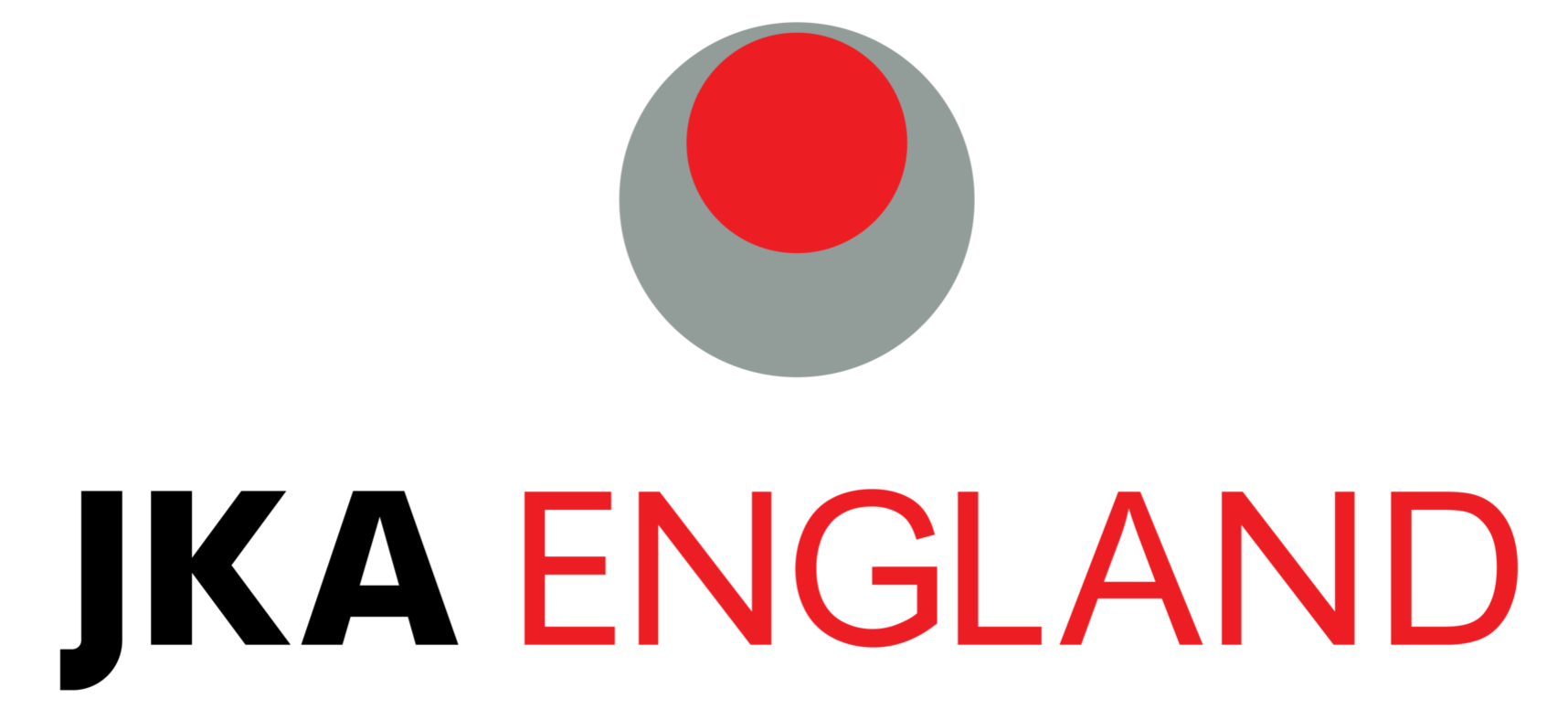FUNAKOSHI Gichin (1868-1957)

Supreme Master Funakoshi Gichin is known as the founder of modern karate. He was born in Okinawa and came from a family of samurai.
When he was just 11 years old, he was already well-known in the Ryukyu-style martial arts and had learned karate-jutsu (a type of martial art from China). He continued to train and improve his skills over time. Master Funakoshi became the head of the Okinawa Martial Arts Society and a teacher at the Okinawa Teacher's School.
In 1922, he introduced Okinawan karate-jutsu at the first Japanese Ministry of Education sponsored Physical Education Exhibition. This was the first public display of karate-jutsu in Japan and was very successful. He then started teaching at Tokyo's Meiseijuku, a dormitory for Okinawan students, and published a book called "Ryukyu Kempo Karate".
On April 10th, 1957, the JKA received official recognition from the Japanese Ministry of Education and became a legal organization. Just sixteen days later, on April 26th, Master Funakoshi passed away at the age of 89.
NAKAYAMA Masatoshi (1913-1987)

Master Nakayama Masatoshi was a descendant of the Sanada clan, whose ancestors were skilled instructors of kenjutsu, the art of swordsmanship. He joined the university's karate club under Master Funakoshi Gichin in 1932 and decided to devote his life to karate.
In 1946, he, along with other Shotokan practitioners, revived the Shotokan karate tradition with Funakoshi Gichin as Supreme Master. In 1949, they established the Japan Karate Association, and by 1955, a headquarters dojo was built in Tokyo.
Master Nakayama, together with his fellow JKA instructors, developed a new, rational method of teaching that was tailored to the level and goals of each student. He emphasized the necessity for each aspect of training to be physical and practical and scientifically analysed how to make this so. Master Nakayama also invented karate's first match system - the first ever JKA All Japan Karate Championship, held in 1957. His adaptation of kata and kumite for the match system was a huge success.
He summarized all his techniques and philosophy in a famous 11-volume series entitled "Best Karate," which is still used as a benchmark reference text for karateka today. In 1987, Master Nakayama passed away aged 74.
ENOEDA Keinosuke (1935-2003)

Master Keinosuke Enoeda was born on July 4, 1935, and came from a family with a history of two samurai lineages. He first learned martial arts through Judo and achieved the rank of 2nd Dan by the age of 16. After studying Economics at university, he was invited to join the JKA's three-year instructor program, where he was trained by Masters Funakoshi and Nakayama. He quickly earned his black belt and became the All Japan Karate Champion, earning him the nickname "Tiger" from Master Nakayama for his exceptional fighting spirit and determination. He became one of Japan's best-ever competitors and instructors.
The JKA sent him around the world to teach karate in places such as Hawaii, the USA, Indonesia, South Africa, and Europe, but he eventually settled in England where he set up several clubs and taught dedicated instructors across the UK the principles of karate. During this time, many of the leading JKAE instructors were taught under Master Enoeda. Senior instructors remember him for his great spirit, energy, and above all, his charisma.
While Chief Instructor of other organisations, it was Master Enoeda's ties with the JKA that laid the foundation for the JKAE after he passed away. Master Enoeda died in 2003 at the age of 67.





